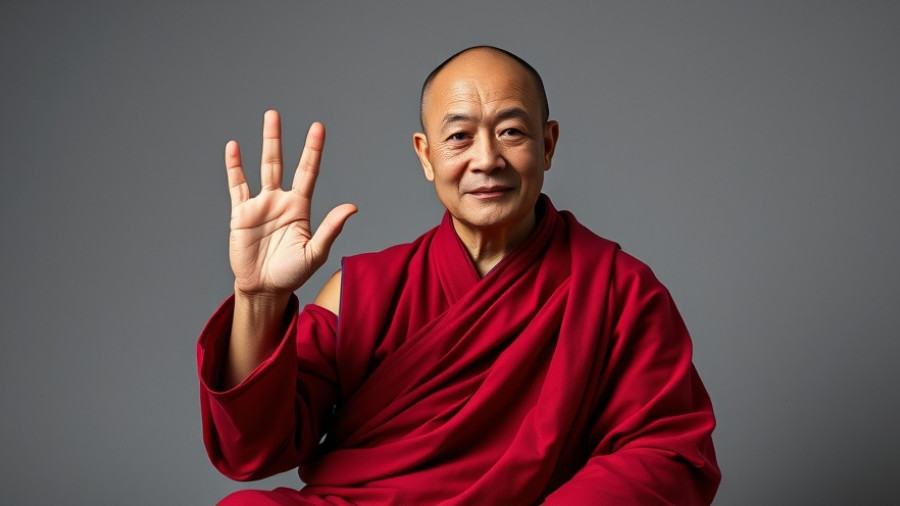
Finding Connection Amidst the Fog of Dementia
Dementia can feel like wandering through a mist—lost and seeking the comfort of home. For individuals grappling with this condition, the simple act of being heard can transform their experience. Meg Federico, a skilled chaplain at a Canadian hospital, embodies this connection. With a background that crosses spiritual lines, she approaches her patients—who often do not recognize their own names or surroundings—with a profound sense of empathy and understanding.
The Healing Art of Acceptance
One of the cornerstones of Federico's work is acceptance. In her interactions, she emphasizes the importance of validating the feelings and words of her patients, rather than clinging to facts that can feel irrelevant to them. When a patient expresses distress at being "lost" or "not at home," she acknowledges those emotions, creating a safe space where they can explore what that home means to them.
The Power of Presence
In one poignant example, Federico recounts her interaction with Dan, a nearly blind patient experiencing paranoia about his environment. As he cries out for home, she introduces a simple mindfulness exercise. "Can you find your right hand?" she asks, guiding him to reconnect with his body. In those moments of shared mindfulness, there is a revelation: the comfort of the present can serve as a bridge to a familiar past, grounding the patient and providing solace in the midst of chaos.
Bridging Worlds: Spirituality Beyond Labels
For many, spirituality transcends religious boundaries. A Buddhist chaplain like Federico serves patients from various backgrounds with a simple message: "I support all faiths and no faith." This inclusive approach fosters rapport, allowing her to connect deeply with patients, regardless of their spiritual beliefs. The experience of togetherness—finding solace in shared humanity rather than in doctrines—becomes a powerful antidote to loneliness.
Cultivating Hope in the Face of Fear
As Federico reflects on her work, she often encounters her own fears—an awareness of her aging body and a recognition of her potential future self mirrored in her patients. This empathy does not deter her; instead, it deepens her commitment to her role as a chaplain. The honest confrontation with fear can lead to renewed purpose, reminding us of the importance of compassion for ourselves and others.
Actionable Insights for Caregivers and Families
For those caring for loved ones with dementia, it's essential to cultivate an environment of acceptance and understanding. A few techniques to enhance engagement include: inviting conversation—no matter how fragmented—by focusing on feelings rather than facts; using touch to establish presence; and creating rituals that remind the person of their sense of home. Every connection matters, and caregivers can create pockets of peace and familiarity even on the most challenging days.
Ultimately, the journey of a dementia patient is not just about the past; it’s also about the restorative power of connection and care. As we learn from chaplains like Meg Federico, a deeper understanding and acceptance can illuminate the path back home—no matter how far we drift.
 Add Row
Add Row  Add
Add 




Write A Comment